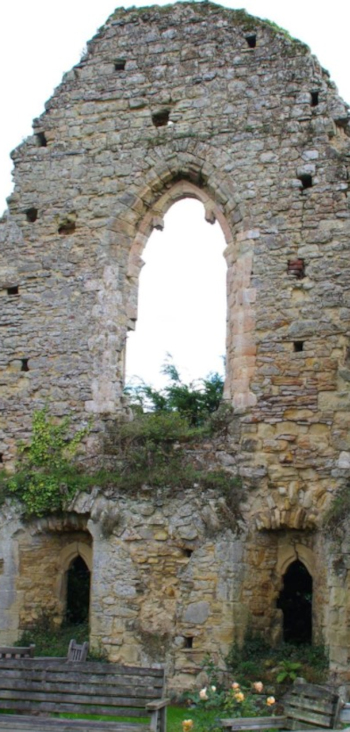“Deeds of the Norman Dukes” is a chronicle originally created by the monk William of Jumièges just before 1060. In 1070 William I had William of Jumièges extend the work to detail his rights to the throne of England. In later times, Orderic Vitalis (d. c. 1142) and Robert of Torigni (d. 1186), extended the volumes to include history up until Henry I making it a major Norman work.
Jumièges states in the translation of the Latin that the ships landed at Pevensey and this has been relied upon by the historic establishment. Now we understand that the translation in the original document was incorrect. The place he named in the original Latin was ‘Pebesellum’ and this is now identified as ‘Pebsham’ opposite old Hastings harbour, removing all difficulties from the text, such as why would they land the same day as feasting on the beach at Hastings (Bayeux Tapestry, Wace). Something that was impossible to accommodate from the tide and timing. The concept of “leaving the sea behind them” as detailed in the Carmen, is now accommodated by the large inland waterway of the Combe Haven, known as the early Port of Hastings. There is no evidence of Normans landing at Pevensey. There was nothing wrong with Jumièges observations, the problem was those who translated the original ‘Pebesellum’ to mean Pevensey were in error. In conclusion both Pevensey and Battle where wrongly identified by all historians since then, who copied earlier translations created a huge historical cock-up that lasted over nine centuries.
Now we know the original translation was correct, because boats have been found at ‘Pebesellum’, opposite Hastings, in the old Hastings valley at Bulverhythe. The current name of the landing site is ‘Pebsham’ and the translation of Bulverhythe means “the landing place of the people” at an inland port. Place name experts at the English Place Name Society agree that Pevensey could not have come from that name. East Sussex County Council now have a duty of care to make sure the whole area is protected, as Battle has been for many centuries.

